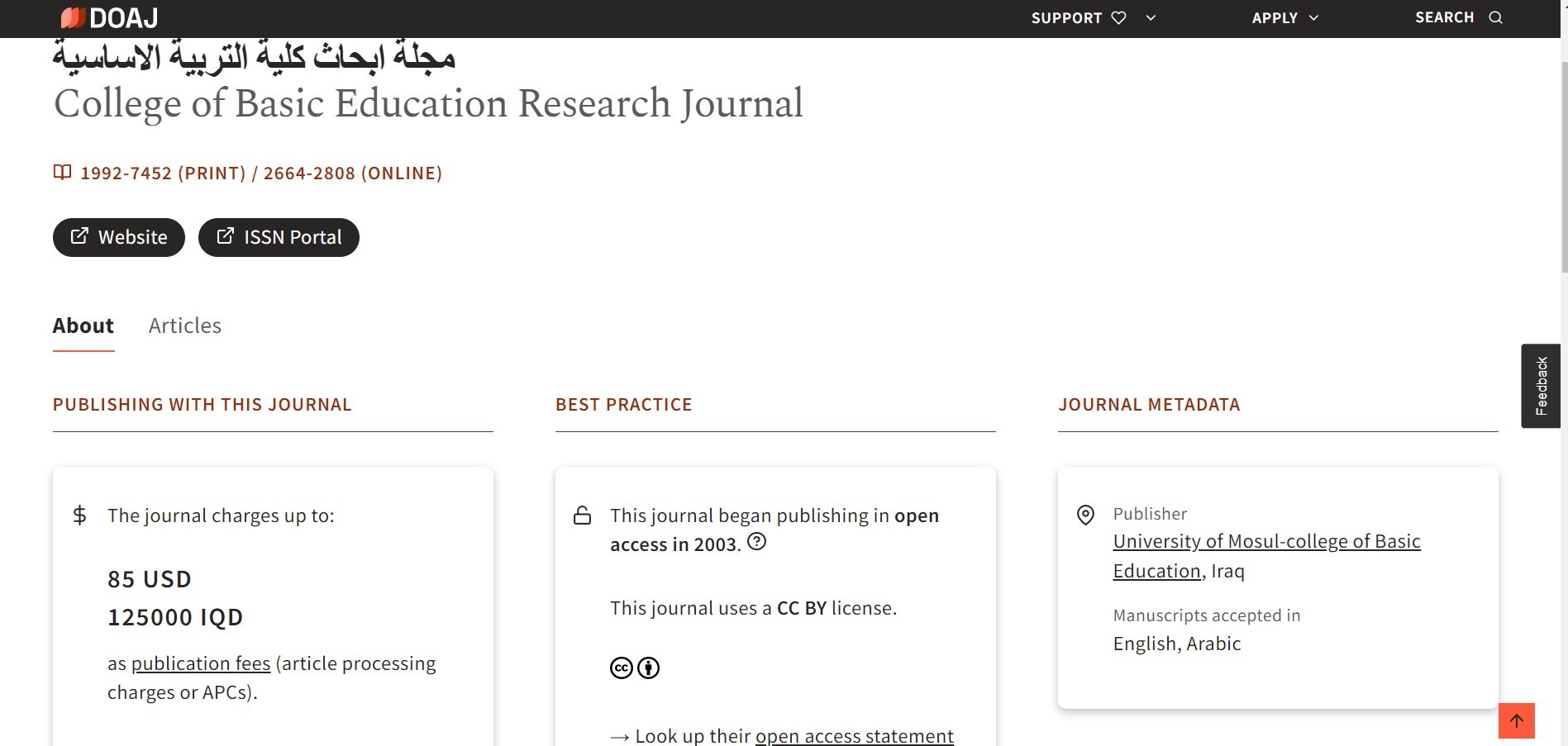Study of the presence of microplastic particles and heavy metals in street dust on the right side of Mosul city / Iraq
Abstract
The issue of street dust pollution is primarily related to levels of microplastic particles (MPs) and heavy metals, raising concerns about their potential risk to the environment. In this work, twenty street dust samples with three replicates were collected from different areas (residential, commercial, and industrial) on the right side of Mosul city / Iraq, to investigate the presence of MPs and study their characteristics. Additionally, to assess the potential ecological risk impact of twelve heavy metals. Among the 60 dust samples taken from the streets, an average of MPs ranging between 274 and 2914 per 15 grams of dust was detected. Most of these plastic particles were transparent fragments with sizes varying from less than 10 to 200 m as observed through a stereomicroscope and a scanning electron microscope (SEM). Furthermore, results from FTIR analysis indicated that polyvinyl chloride (PVC) was the dominant polymer type found in MPs, accounting for around 63%. The levels of metal in road dust were assessed using X-ray fluorescence (XRF) showing that quantification of Cr, Ni, Cu, Zn, As, Cd, Sb, Hg, and Pb surpassed the background values of world soils among the twelve elements studied. Variation coefficients (VCs) coupled with enrichment and contamination factors revealed that Cr, Cu, Zn, As, Se, Cd, Sb, Hg, and Pb are associated with both sources (anthropogenic and natural). On the other hand, Mn, Fe and Ni originate from natural sources. Calculated potential ecological risk (Er) indicated high ecological risk by Hg.



